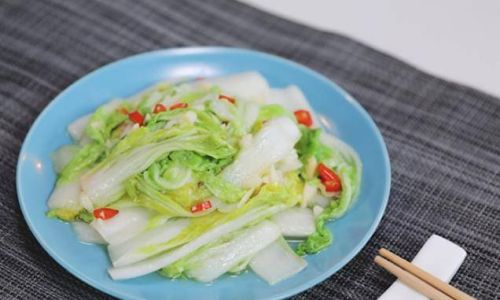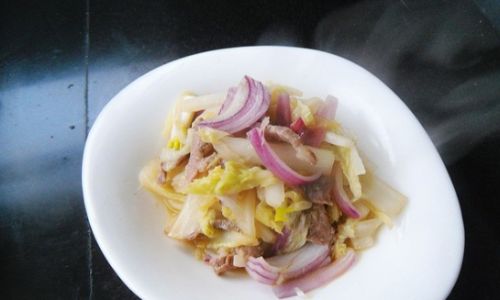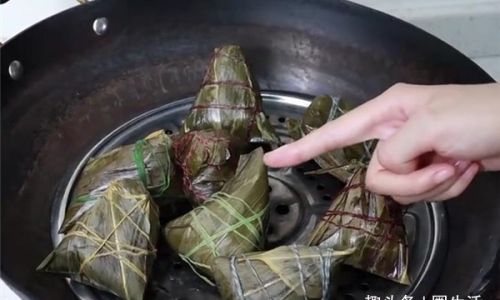Table of content
- Garlic and Ginger: The Aromatic Duo
- Soy Sauce: Umami Depth
- Oyster Sauce: Sweet Savory Gloss
- Vinegar: Acidic Brightness
- Chili Flakes or Fresh Chilies: Heat and Spice
- Sesame Oil: Nutty Finish
- Sugar: Balancing Act
- Salt and Pepper: Seasoning Basics
- Chinese Stir-Fried Cabbage (Gong Bao Style)
- Korean Baechu Bokkeum
- Eastern European Sautéed Cabbage
- Indian Patta Gobi Subzi
- High Heat, Quick Cooking
- Controlling Moisture
- Caramelization vs. Crispness
Stir-fried cabbage, a humble yet versatile dish, is a staple in kitchens across the globe. From crisp, tender-crisp textures to deeply caramelized edges, the simplicity of cabbage transforms into a culinary masterpiece when paired with the right seasonings. Whether you’re a home cook aiming to elevate weeknight dinners or a food enthusiast exploring global flavors, understanding the nuances of seasoning stir-fried cabbage can turn this unassuming vegetable into a star ingredient. This article delves into the science and creativity behind selecting seasonings, exploring regional variations, and mastering techniques to achieve balance, depth, and umami in every bite.
The Foundation: Why Seasonings Matter
Cabbage, with its mild, slightly sweet flavor and high water content, acts as a blank canvas for seasonings. Unlike robust vegetables like broccoli or kale, cabbage absorbs flavors without overpowering them, making it ideal for experimentation. The key lies in harmonizing contrasting tastes—salty, sweet, sour, spicy, and bitter—to create a complex yet cohesive dish. Seasonings not only enhance taste but also contribute to aroma, texture, and visual appeal. For instance, a splash of vinegar can brighten the dish, while a drizzle of sesame oil adds nutty richness.
Essential Seasonings for Stir-Fried Cabbage
Garlic and Ginger: The Aromatic Duo
Garlic and ginger form the backbone of many Asian-inspired stir-fries. Their pungent, aromatic profiles mellow when cooked, imparting a warm, savory base. For stir-fried cabbage, minced garlic and fresh ginger are typically sautéed in oil at the start of cooking to release their fragrance. This step, known as “blooming,” ensures their flavors permeate the dish.
Technique Tip: Use a garlic press or fine grate for ginger to maximize surface area and flavor extraction.

Soy Sauce: Umami Depth
Soy sauce, a fermented soybean condiment, introduces saltiness and umami. Light soy sauce adds a bright, salty kick, while dark soy sauce contributes color and a subtle sweetness. For a gluten-free alternative, tamari or coconut aminos work well.
Proportion Guide: A tablespoon of soy sauce per medium cabbage head balances flavor without oversalting.
Oyster Sauce: Sweet Savory Gloss
Oyster sauce, a thick, brown condiment made from oyster extracts, adds a rich, caramelized sweetness. Though traditionally used in Chinese cuisine, it pairs beautifully with cabbage’s natural crunch. For vegetarians, mushroom-based oyster sauce substitutes offer a similar depth.
Application: Add oyster sauce toward the end of cooking to prevent bitterness from prolonged heat.
Vinegar: Acidic Brightness
A splash of vinegar—rice, black, or apple cider—cuts through the richness of soy and oyster sauces. Rice vinegar, with its mild acidity, is most common, while black vinegar lends a smoky complexity.
Timing: Toss vinegar in just before serving to preserve its vibrancy.
Chili Flakes or Fresh Chilies: Heat and Spice
Dried chili flakes, fresh bird’s-eye chilies, or Sichuan peppercorns introduce controlled heat. Adjust quantities based on preference; a pinch of chili flakes adds warmth, while sliced fresh chilies contribute bursts of fiery flavor.
Regional Variation: In Sichuan cuisine, fermented chili bean paste (doubanjiang) is a signature ingredient, offering a fermented, spicy-salty punch.
Sesame Oil: Nutty Finish
Toasted sesame oil, added off the heat, imparts a nutty aroma and silky texture. A few drops go a long way—too much can overpower the dish.
Storage Tip: Keep sesame oil refrigerated to preserve its delicate flavor.
Sugar: Balancing Act
A pinch of sugar—white, brown, or coconut—rounds out sharp flavors. In Chinese cooking, rock sugar is sometimes used for a mellow sweetness.
Substitution: Honey or maple syrup can replace sugar for a floral note.
Salt and Pepper: Seasoning Basics
While soy sauce provides saltiness, a final pinch of sea salt or white pepper can elevate the dish. White pepper’s earthy heat complements cabbage’s mildness.
Complementary Ingredients: Beyond the Basics
While seasonings define the dish’s flavor profile, additional ingredients can add texture and contrast:

- Carrots: Julienned for sweetness and crunch.
- Mushrooms: Shiitake or enoki for umami.
- Tofu: Crispy or silken for protein.
- Bacon or Pancetta: Smoky, salty richness.
- Dried Shrimp: For a briny, oceanic note.
Regional Variations: A Global Tour
Chinese Stir-Fried Cabbage (Gong Bao Style)
In Sichuan province, cabbage is stir-fried with dried chilies, Sichuan peppercorns, and a touch of sugar. The dish balances ma la (numbing spice) with crisp cabbage.
Korean Baechu Bokkeum
This dish uses gochugaru (Korean chili flakes), garlic, and soy sauce, often finished with sesame seeds. The cabbage is slightly wilted, retaining a tender texture.
Eastern European Sautéed Cabbage
Butter, caraway seeds, and apple cider vinegar dominate here, with optional bacon or onions for depth. The cabbage is cooked until soft and caramelized.
Indian Patta Gobi Subzi
Turmeric, cumin, and mustard seeds create a fragrant base, while tomatoes and green chilies add acidity and heat.
Cooking Techniques for Perfect Stir-Fried Cabbage
High Heat, Quick Cooking
Stir-frying requires high heat to sear the cabbage without steaming it. Use a wok or large skillet with a small amount of oil (peanut, vegetable, or avocado oil for high smoke points).
Step-by-Step:
- Heat the pan until smoking.
- Add oil, then aromatics (garlic, ginger).
- Toss in cabbage and stir vigorously to coat.
- Add seasonings in stages: soy sauce first, then oyster sauce, vinegar, etc.
- Cook until just tender-crisp (2–3 minutes).
Controlling Moisture
Cabbage releases water as it cooks. To prevent sogginess:
- Use a large pan to evaporate moisture quickly.
- Avoid covering the pan.
- Drain excess liquid before serving.
Caramelization vs. Crispness
For caramelized edges, cook cabbage longer over medium-high heat. For crispness, reduce cooking time and serve immediately.
Health Benefits and Dietary Adaptations
Cabbage is a nutritional powerhouse, rich in fiber, vitamins C and K, and antioxidants. Stir-frying preserves nutrients better than boiling. Seasonings like garlic and ginger add anti-inflammatory compounds, while chili peppers boost metabolism.
Dietary Options:
- Vegan/Vegetarian: Use mushroom-based oyster sauce and omit meat.
- Low-Sodium: Reduce soy sauce and enhance flavor with citrus or herbs.
- Gluten-Free: Substitute tamari or coconut aminos.
Troubleshooting Common Issues
- Soggy Cabbage: Overcrowding the pan or low heat. Use a larger pan and higher heat.
- Bland Flavor: Under-seasoning or not layering flavors. Taste and adjust seasonings incrementally.
- Burnt Aromatics: High heat too early. Cook aromatics over medium heat until fragrant, then crank up the flame.
Creative Twists and Modern Adaptations
- Fermented Flavors: Add a spoonful of kimchi brine or miso paste.
- Herbaceous Notes: Toss in fresh cilantro, basil, or mint at the end.
- Nutty Crunch: Garnish with toasted cashews or peanuts.
- Cheese: A sprinkle of Parmesan or feta for a Mediterranean twist.
Conclusion: The Alchemy of Simplicity
Stir-fried cabbage is a testament to the idea that great dishes need not be complex. By mastering the interplay of seasonings—salt, sweet, sour, spicy, and umami—you can elevate this humble vegetable into a dish that delights the senses. Whether adhering to tradition or experimenting with global flavors, the key lies in balance and intention. So grab your wok, sharpen your knife, and let the dance of seasonings and cabbage begin.
Word Count: 1,582






0 comments